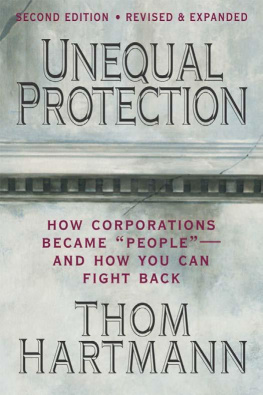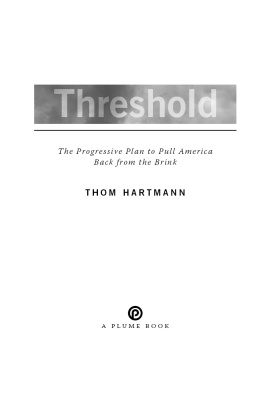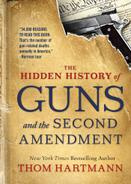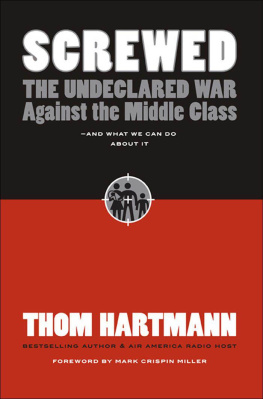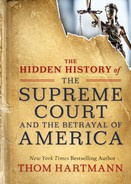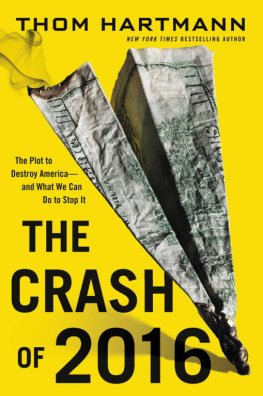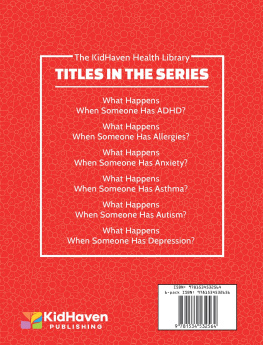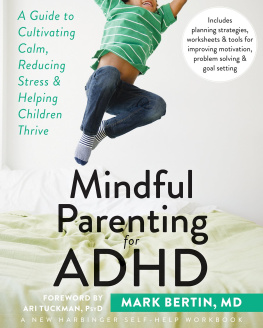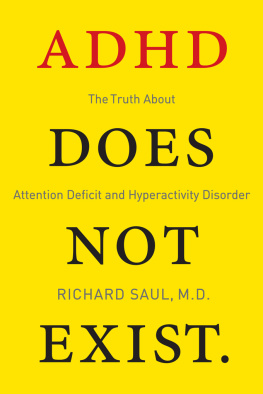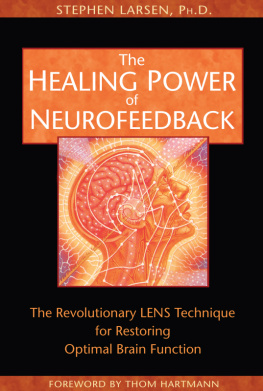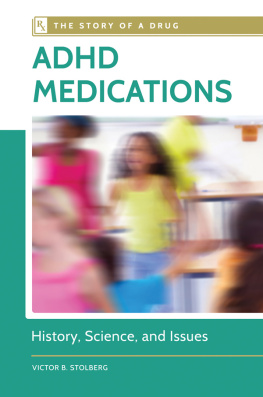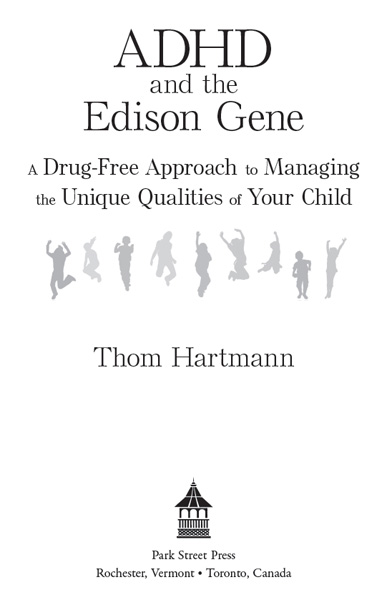This book is dedicated to my father,Carl Hartmann, who taught my brothers and me the meanings of integrity, compassion, and courage through the extraordinary example of his life.
ADHD and the Edison Gene

Like Edison, Thom Hartmann is a visionary who uses history to illuminate the potential cost to society of shackling unique minds aching to soar. He questions the cultural imperative that compels us to label what is outside the bell curve as pathological rather than extraordinary. In this new edition, Hartmann urges us to nurture the fearlessly innovative child and celebrate their differences. Our futures will ultimately be shaped by those undaunted by the spectra of the impossiblebecause they have been taught to believe in their own self-worth.
ELLEN LITTMAN, PH.D., COAUTHOR OFUNDERSTANDING GIRLS WITH ADHD
Instead of pathologizing the differences we call ADHD, we need to value neurodiversity, and Thoms book shows us in rich detail how and why this is true. Thoms work can help protect children and adults from the devastating effects of being viewed through a pervasive pathological lensa much more severe problem than ADHD could ever be!
SARI SOLDEN, M.S., L.M.F.T., PSYCHOTHERAPIST AND AUTHOROF WOMEN WITH ATTENTION DEFICIT DISORDER AND JOURNEYS THROUGH ADDULTHOOD
Thom Hartmann has made one of the most important contributions to transforming our understanding of ADHD. Thom was the first to consider ADHD in an evolutionary context. He showed that ADHD has not only a significant survival advantage in hunter gatherer societies, but that it also confers powerful advantages in our contemporary civilization. Thom was one of the very first to comment on the link between ADHD and creativity. He will be recognized as a pioneer contributing to the reconceptualization of ADHD from being simply a disorder to being viewed as a mode of thought characterized by strengths, such as enhanced creativity.
RICHARD SILBERSTEIN PH.D., PROFESSOR EMERITUS,SWINBURNE UNIVERSITY OF TECHNOLOGY
Acknowledgments
If I have seen further [than you and Descartes]
it is by standing upon the shoulders of giants.
SIR ISAAC NEWTON,
FROM A LETTER TO ROBERT HOOKE
B ack in 1992, my friend, colleague, and editor Dave deBronkart first coined the phrase the Edison trait in a conversation on The ADD Forum on CompuServe. Dave helped me organize and edit my 1993 book Attention Deficit Disorder: A Different Perception, and we used The Edison Trait as a heading for the chapter that described the lives of famous people having the Edison gene who had changed history in positive ways. A few years later, one of Americas best psychologists and a close friend, Lucy Jo Palladino, asked if we would mind if she used the phrase as the title for her book, and we encouraged her to do so. That book, The Edison Trait, first published in hardcover and now in print under the title Dreamers, Discoverers and Dynamos: How to Help the Child Who Is Bright, Bored and Having Problems in School, does a wonderful job of laying out strategies for working with Edison-gene childrenand also manages to avoid altogether referring to ADHD. Bravo to Lucy Jo, and my thanks to her for her enthusiastic encouragement when I called to ask if she would mind if I used Edison in the title and as the theme of this book.
Im also deeply grateful to Dave deBronkart, who did another brilliant marathon job of editing the first draft of this book. Hes helped many of my books gain coherence and focus, and this is no exception. Jon Graham and Ehud Sperling of Inner Traditions Bear & Company have helped substantially with the editorial process, and gave this book life in the marketplace by publishing it.
I was first introduced by Karen Coshof and Michael Taylor to the work of William H. Calvin and his book A Brain For All Seasons: Human Evolution and Abrupt Climate Change. Karen and Michaels guidance, and Calvins brilliant book (which you should run out now to buy and read) were pivotal to me in organizing the premise of this book. I also recommend you check out The Great Warming, a soon-to-be-released documentary with Leonardo DiCaprio, one of the most enlightened of our Hollywood stars and one of the finest people and best actors Ive met in that industry.
My dear friend John Ratey offered particularly valuable help and advice after reading this books first draft and is a heartfelt champion of this worlds Edison-gene children and adults. Robert Moyzis is the genius who cracked the genetic code for the world, and Im tremendously grateful to him for taking the time from his busy schedule to put up with my interview and persistent questions.
Robert Wolff tolerated my week-long visit to his home on the side of the Kilauea volcano in Hawaii and was so generous in candidly sharing his life and experiences with me. Similarly, Gregory Zielinski, Maine State Climatologist and Research Associate Professor of Quaternary and Climate Studies from the University of Maine, generously provided me with much of the data and the graphs in this book and was kind enough to help me in my search for the forty-thousand-year-old volcanic event that may have advanced the Edison gene.
Im deeply indebted to James Swanson for information on the genetics and studies of ADHD; to my agent, friend, and advisor Bill Gladstone; my best friend and partner in life, Louise Hartmann; and the extraordinary Edison-gene entrepreneur and writer Rob Kall for his quotes, friendship, and inspiration. Special thanks go to Canadas Vaudree LaVallee for her research, help with our online message board, and encouragement; and to Australias Sandy Moran for her incredibly brilliant insights into the varieties of neurological adaptability among both Europeans and Australian Aboriginal peoples.
And I offer a particular thanks to Elaine Sanborn, a brilliant, careful, methodical former teacher and now my editor for this book, who, while reading my attacks on our school system, gritted her teeth and bit her tongue (well, sometimes), findingas a good teacher wouldthe many typos, grammatical errors, and too-short-for-farmers paragraphs in the original manuscript and offering many helpful suggestions on ways to make the book more consistent and readable. Im sure shed want you to know that she is neither responsible for, nor agrees 100 percent with, my opinion of our educational system. (But Im assuming that you wouldnt be reading my book if you didnt want to know my opinions, so my opinions remain intacteven if I did surrender many of my short, punchy paragraphs.)
Foreword
A s Thomas Edison once said, The most certain way to succeed is always to try just one more time. Often Edison kids with ADHDan umbrella term that includes attention deficit disorder (ADD)quit trying. Typically, these kids are weary of not fitting in or are furious at feeling forced to do so. Self-protectively, they invent countless ways to avoid, divert, and procrastinate. Ten years ago, when I first learned of Thom Hartmanns metaphor hunters in a farmers world, I started to tell Edison kids in my practice about it. I watched as they grinned with hope at this new mind-set. Ive used similar metaphors, such as photographers attention. These descriptions help to restore a childs willingness to try again.
Then, in January 2002, the University of California at Irvine issued a press release stating that gene researchers had found a significant positive selection for the genetic variation associated with novelty-seeking behavior and ADHD. How about that? Now we learn Thoms metaphor is a biological reality. The Edison gene has served a unique adaptive purpose for our species. It exists for the sake of genetic diversity, apparently for our own collective well-being. But what is the Edison gene? You are about to read Thom Hartmanns fascinating account of this set of inherited hunter characteristics often associated with ADHD.


